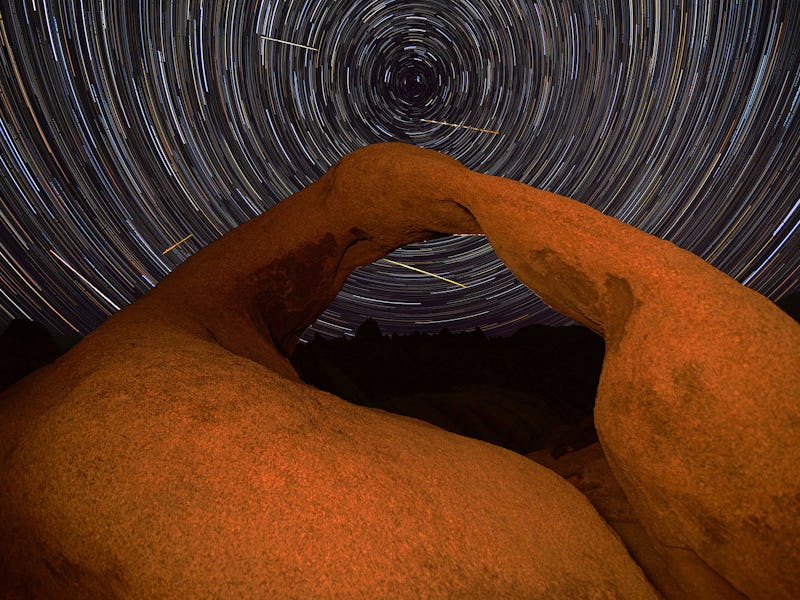The Perseid Meteor Shower Will Rock Your Moonless Wednesday Night
The superstar of shooting stars is coming. Stop and stare.

Clear your wee-Thursday-morning schedule because you have a date with destiny or at least space pebbles: The Perseid meteor shower is here, and by all accounts, overnight Wednesday-to-Thursday will be the best time to gawk at some streaking stars.
If you’re going to look at meteors this year, says NASA, you could do much worse than watch the fiery tango beyween the Perseids and the Earth’s atmosphere. The Perseids, little debris from passing comet Swift-Tuttle, have been active since July 13. They’ll be around until late August, but August 12 to 13 are prime viewing times. Night owls are in luck, as 11 p.m. to 2 a.m. seem to be suggested viewing times. The stats, via NASA:
Peak Activity: Aug. 12-13, 2015
Peak Activity Meteor Count: Up to 100 meteors per hour
Meteor Velocity: 37 miles (59 kilometers) per second
A lack of moonlight Wednesday and Thursday means there’s no lunar glow to steal the meteors’ thunder — the last time we had it this good was the Perseid shower of ‘07. The expert advice is simple. Get out of your light-polluted metropolises, ya city rats, and just look up.